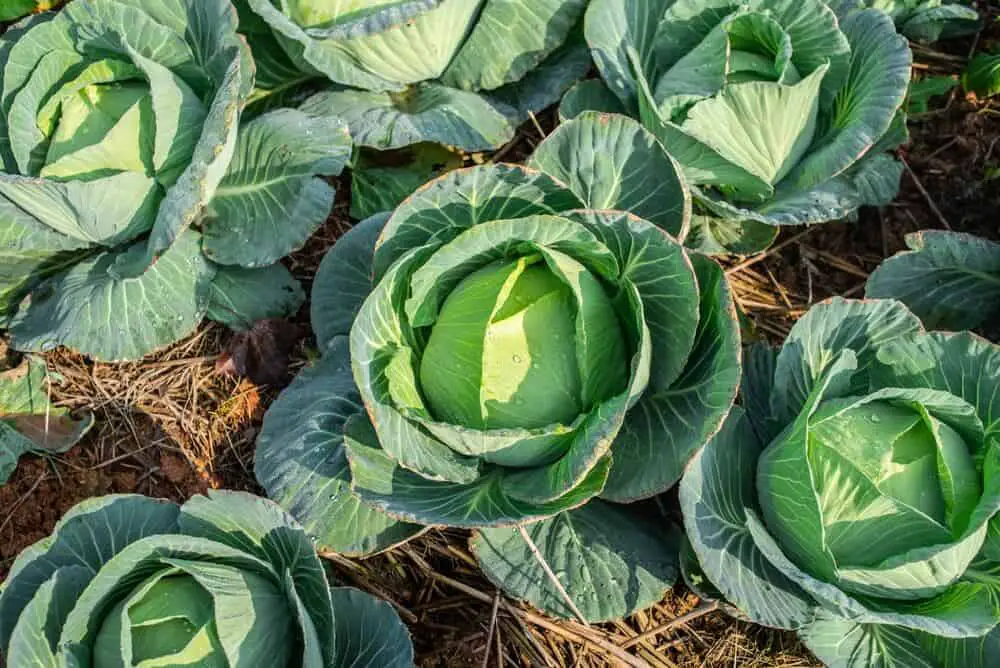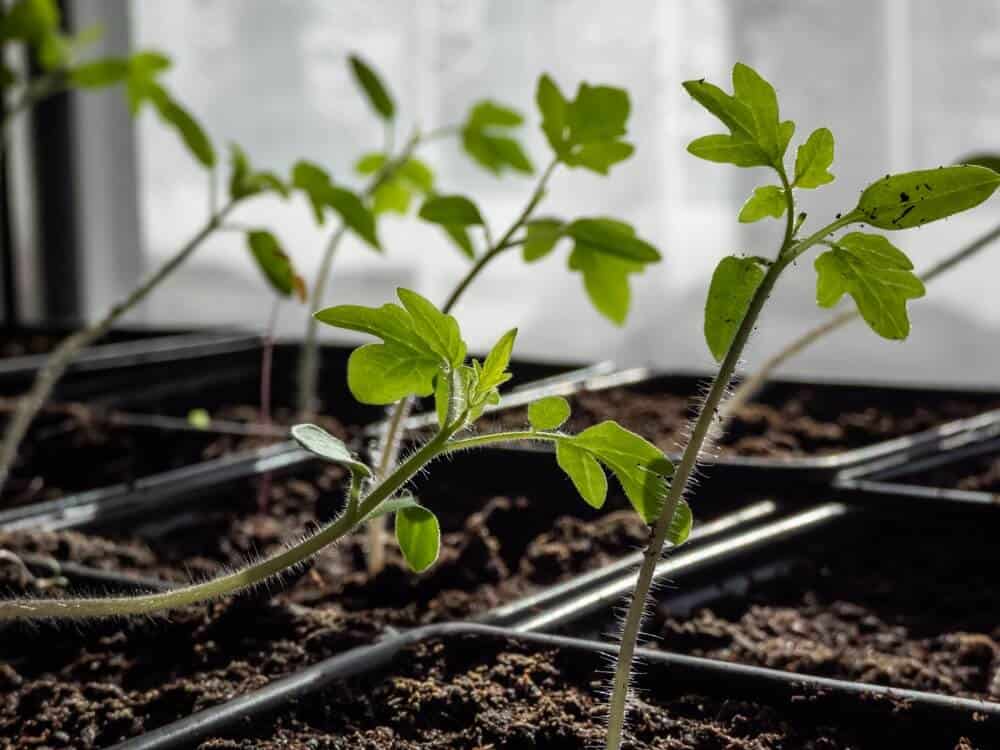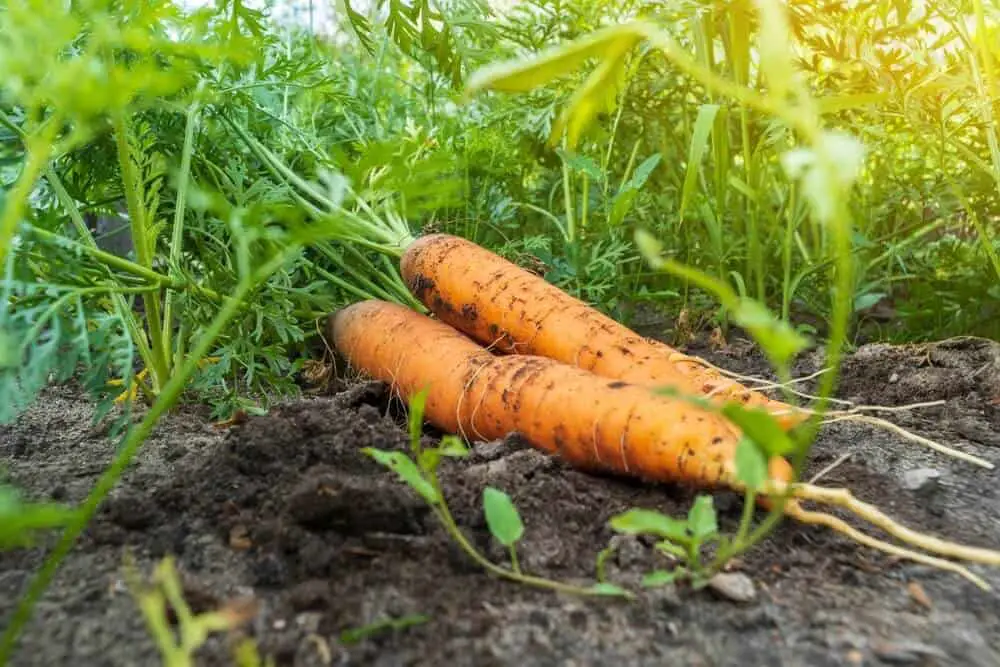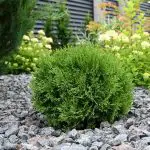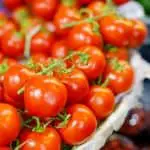Broccoli, bok choi, Brussels sprouts, cabbage, cauliflower, collard greens, kale, swede, and turnips all belong to the brassica family.
Also known as cruciferous vegetables, they’re jam-packed with beneficial nutrients including vitamins A, C, E, and K, and are a rich source of dietary fiber.
With the exception of cauliflower, which can be a little tricky – more about that later – brassicas are easy to grow plants.
Eat your greens!
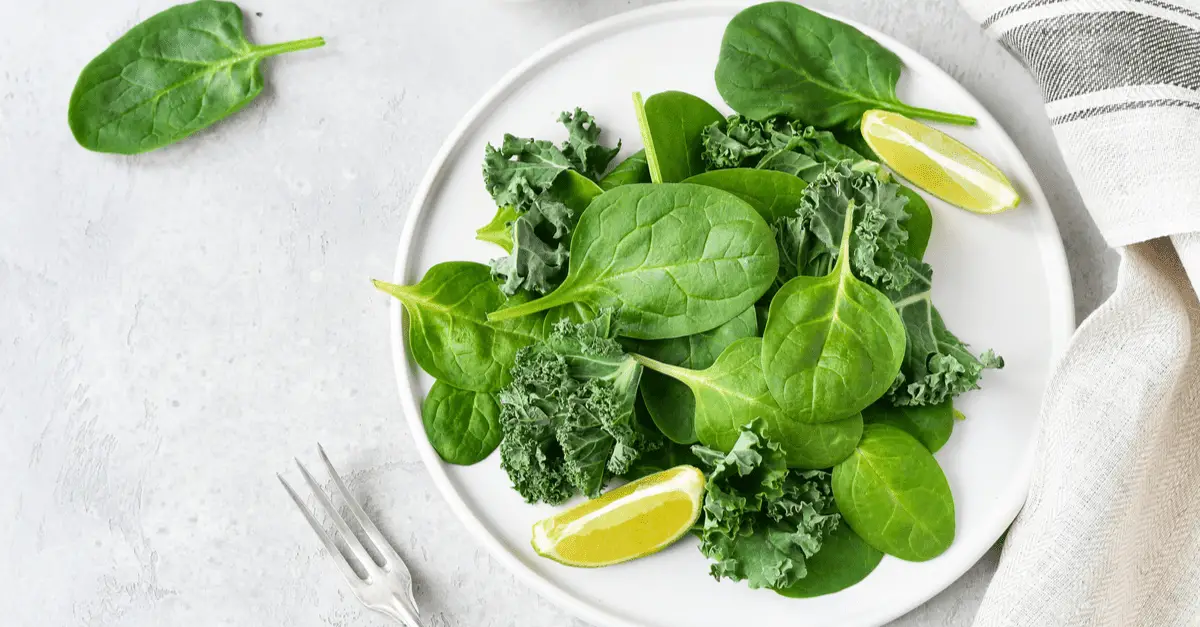
You’ve probably heard this many times or said it to your own children, but it’s true, there is a huge amount of goodness in these tasty veggies.
As well to a host of vitamins and fiber, brassicas also contain something that no other vegetable does, glucosinolates. These are naturally-occurring sulfur-rich compounds that provide the sometimes bitter taste we associate with cruciferous vegetables.
Consuming brassicas as part of a healthy, daily diet has been shown to reduce oxidative stress, boost the immune system, and help to decrease the risk of some cancers and cardiovascular diseases.
Broccoli, kale, and Brussels sprouts top the superfood list due to their high nutrition levels.
With so many health benefits, and not forgetting the fact that they taste delicious, growing your own brassicas is a great choice.
Which brassicas should I grow?
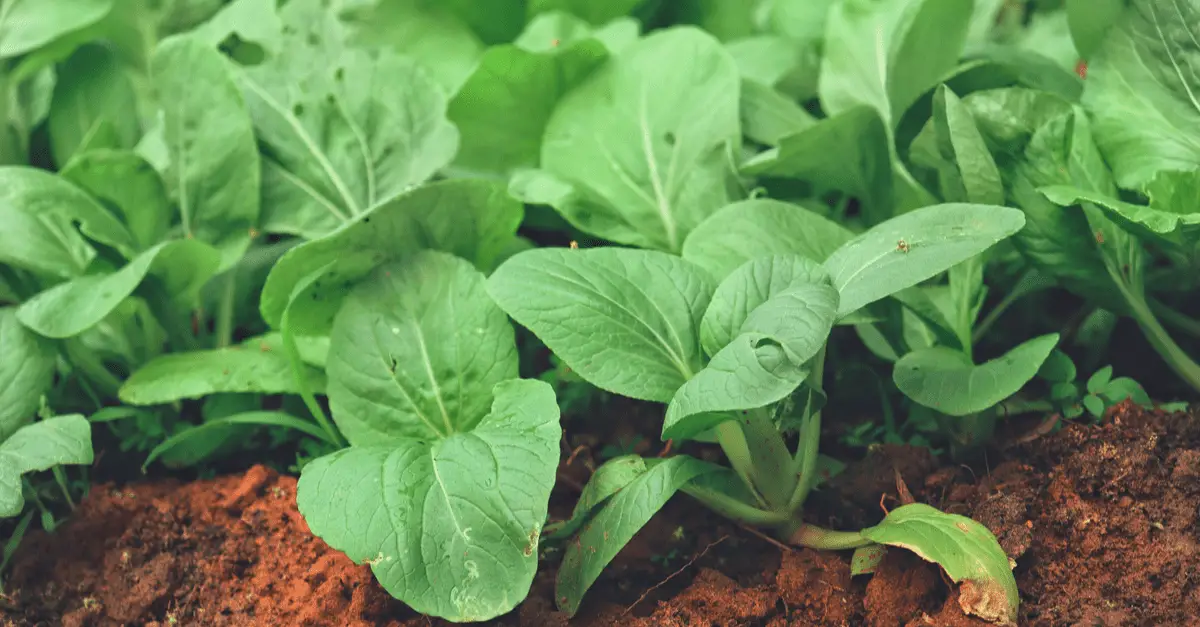
The brassicas you choose to grow are down to personal preference, but with summer and winter varieties of cabbage and short-season plants like bok choi and kale, you can have a year-round supply of delicious greens.
Kale, cabbage, and Brussels sprouts are among the easiest brassicas to grow and a good choice if this is your first time growing them.
How to grow brassicas
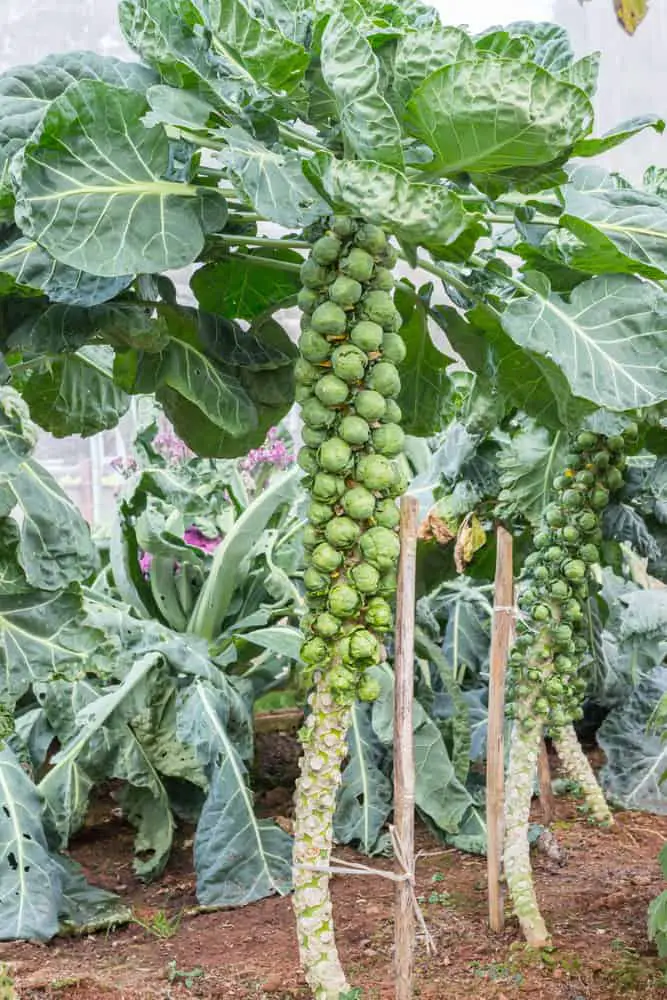
If you’re planting kale, turnips, or bok choi, they’ll be producing ready-to-eat leaves in just a few weeks. Brussels sprouts on the other hand take the longest time to grow, at around 90 days from seed to harvest.
You can plant brassicas in late spring for a fall/winter harvest or earlier in the year to enjoy them over summer. Be sure to check the seed packet for planting details.
Brassicas like to grow in partial shade in firm, well-draining soil. If you are short on space but still fancy giving brassica growing a go, cabbages and broccoli will grow in pots, just go for the smaller varieties.
- Sow cabbage seeds around 8 weeks before planting outside, this will be in February-March for summer cabbages, April-May for winter cabbages, or July-August for Spring harvesting.
- Other brassicas, like sprouts, can be sown in March. Kale grows best when sown in Spring and Fall as it’s a cool-weather crop.
- Brassica seeds will need to be planted into seed cells. Sow the seeds around half an inch deep and 6 inches apart into a seed-starter mix.
- Keep the seeds moist and pop them onto a warm, sunny windowsill to germinate.
- Thin the seedlings when they have 2 pairs of true leaves.
Planting brassicas out
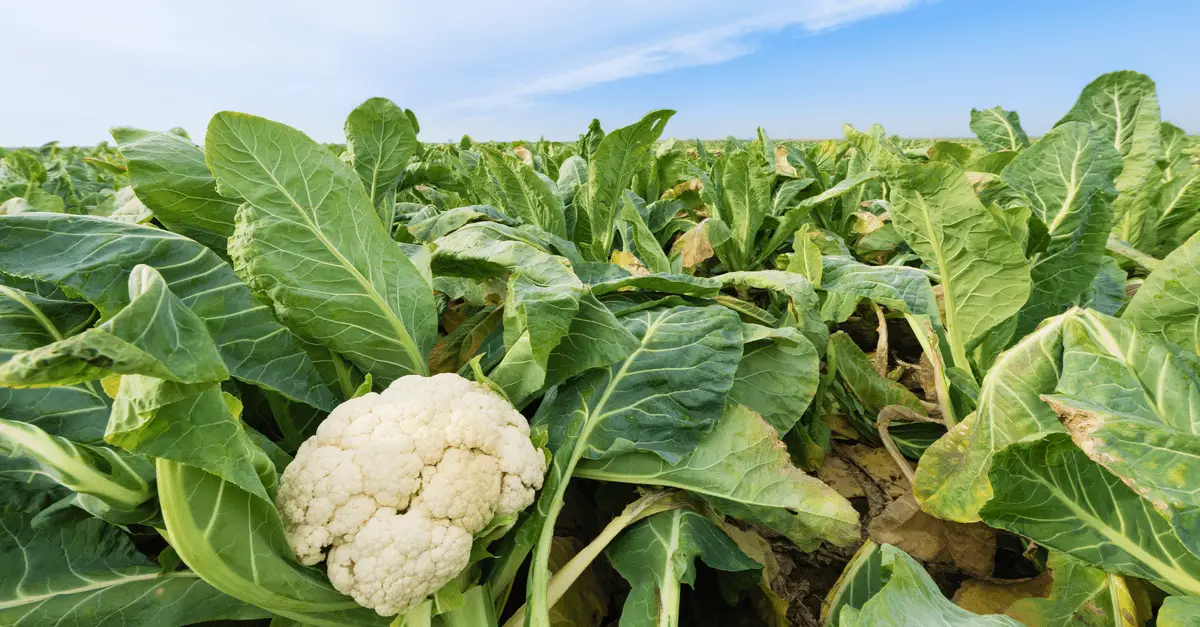
Your brassica seedlings will be ready to plant out after 6-8 weeks.
Before planting outside, harden the plants off over a week by gradually extending the time they spend outside. Bring them in again during the night.
All brassicas need firm, fertile soil in which to grow. Brassicas love neutral to alkaline soil with a high pH, so if your soil isn’t quite right, you can simply mix some lime into compost and plant into this.
It’s also worth digging a large amount of well-rotted manure into the planting bed as brassicas need high levels of nitrogen to grow well.
Most brassicas are large vegetables so will need to be well spaced out. Dig a hole that’s at least twice the size of the pot to plant the seedlings in and firm them in well as brassicas don’t like to be blown around.
Allow a minimum of 12 inches between cabbages and 24 inches between broccoli, kale, and Brussels sprout seedlings on all sides, allowing them plenty of space to flex their leafy greens.
If you’re growing baby kale or bok choi, then you can plant them closer together.
We mentioned cauliflower as being a little needier than the other brassicas.
It needs consistently cool temperatures to grow (no higher than 75°F) or it will produce several small heads, rather than the one, large head you would expect.
The best time to plant cauliflowers is in spring before the heat of summer appears.
How to care for your brassicas
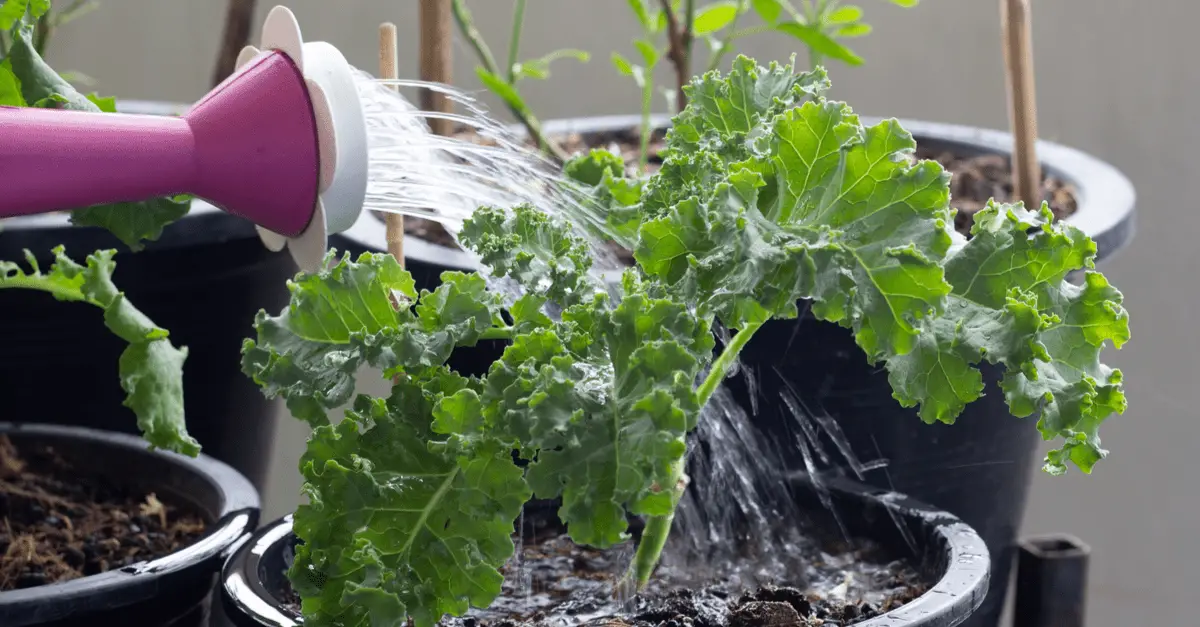
Looking after your brassicas is really straightforward. Hopefully, they’ve been planted into nutritious soil so shouldn’t need additional fertilizing as they grow.
Keep the plants well-watered and remove any competing weeds.
Common brassica problems

We aren’t the only creatures to find brassicas irresistible. Slugs, snails, butterflies, and birds will all frequent your growing patch. Take care to net plants and protect them from pests where possible.
Brassicas can be affected by fungal infections (clubroot). To help prevent this, try growing crops in rotation.
Brassicas will grow well in a plot that previously housed legumes due to the high nitrogen levels left by the beans. You can follow brassicas with fruit-bearing plants like tomatoes, corn, and zucchini.
When to harvest brassica
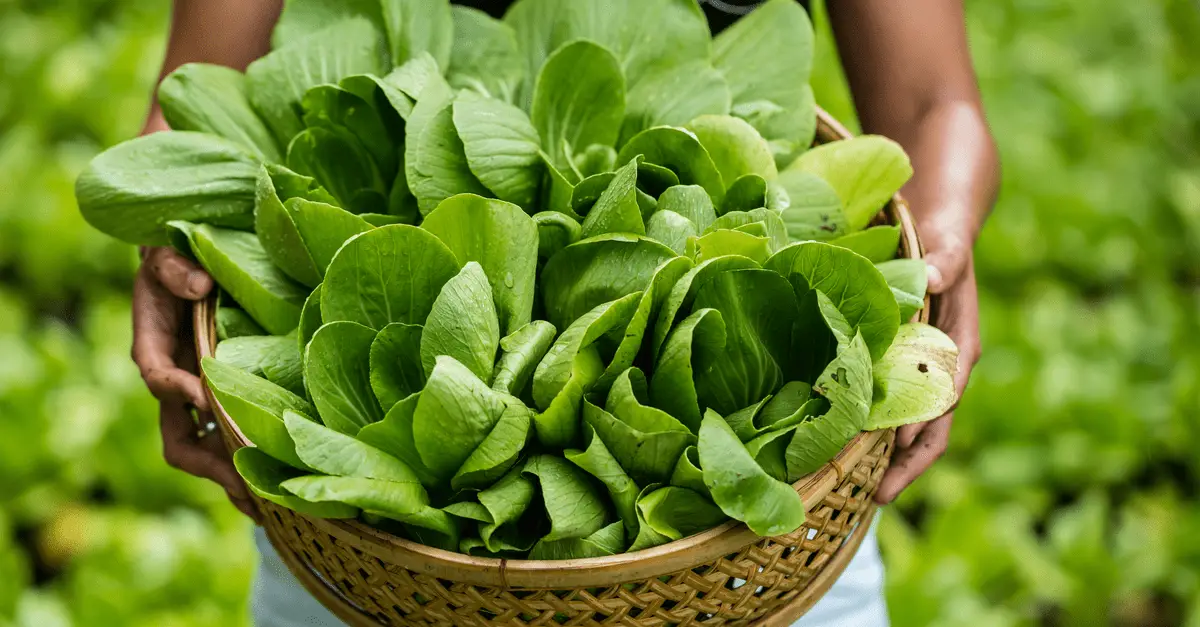
As soon as the plants look ready, pick them and enjoy! It may be tempting to wait a little longer but brassicas quickly go past their best. If it looks like it belongs in a grocery store, chances are it’s ready for the table.
To harvest your home-grown super veg, cut the plants off at the base or, in the case of cabbages, lift the whole plant. You can cut the main head off broccoli and see whether the side shoots produce any more.
